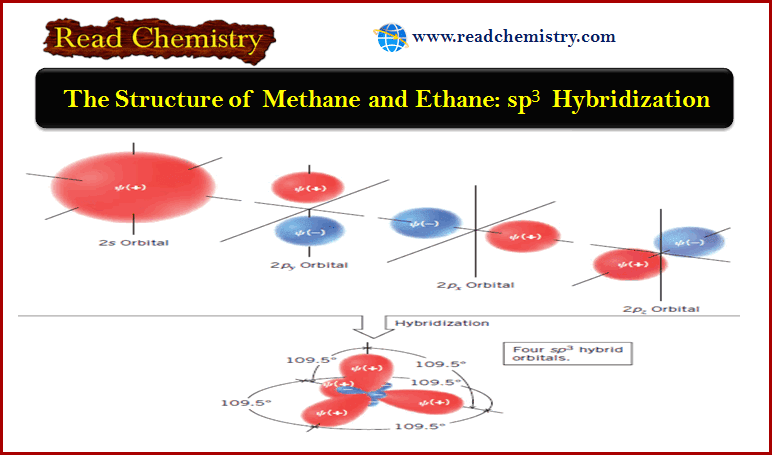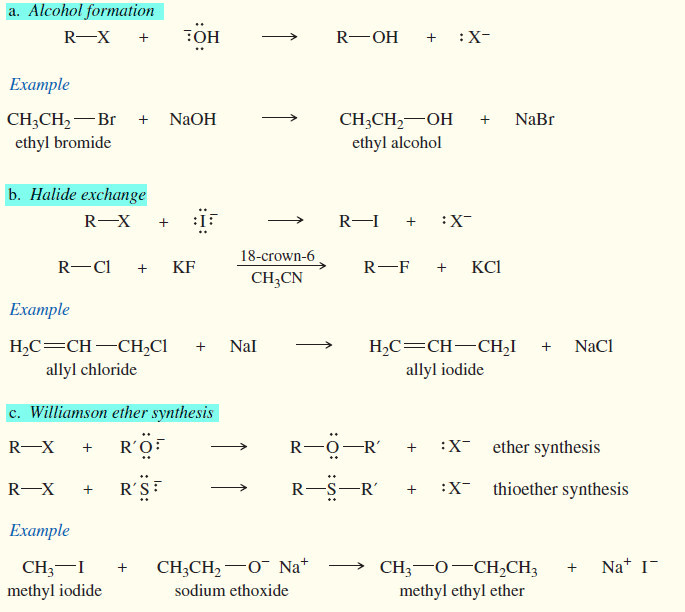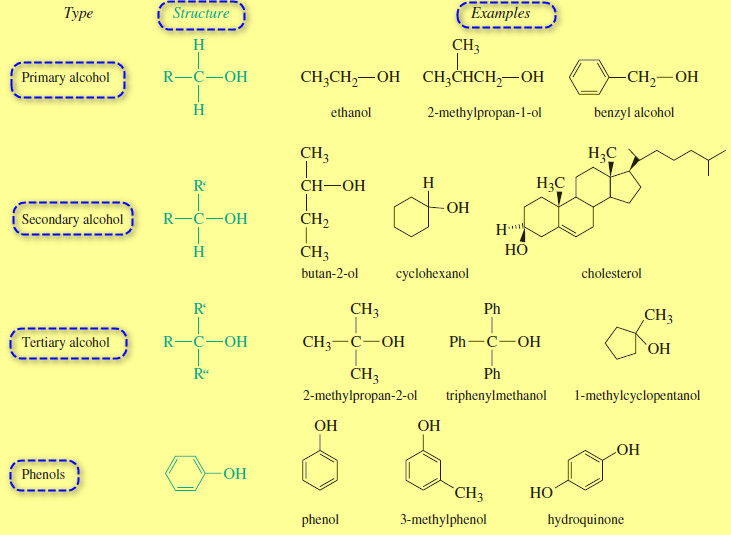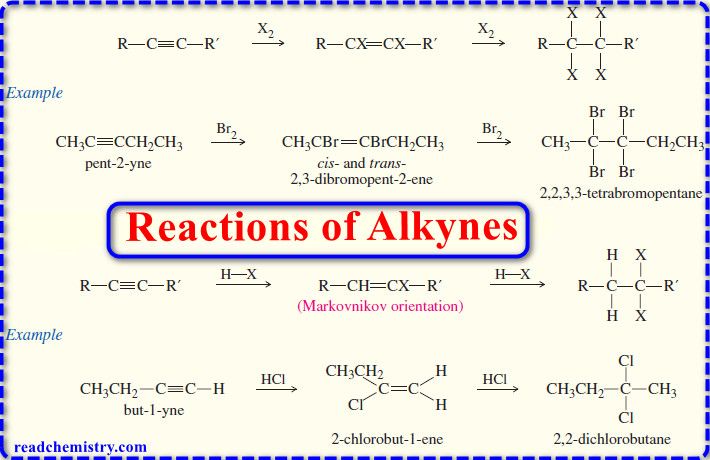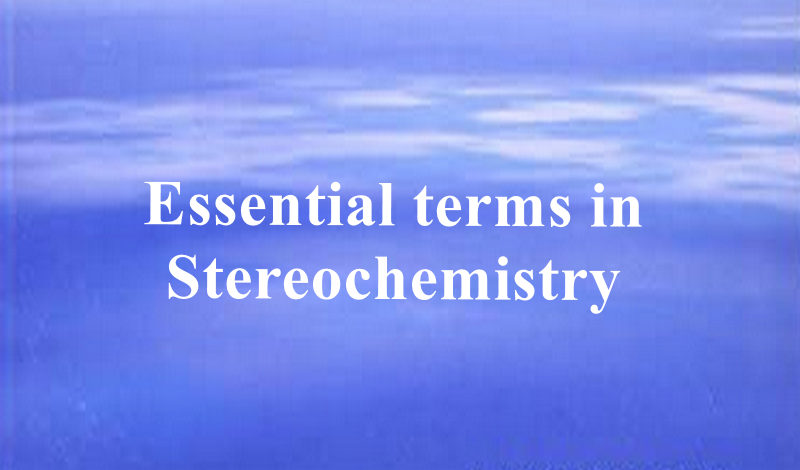Organic Chemistry
The Structure of Methane and Ethane: sp3 Hybridization
** The (s) and (p) orbitals used in the quantum mechanical description of the carbon atom,
were based on calculations for hydrogen atoms. These simple (s) and (p) orbitals do not, when taken alone, provide a satisfactory model for the tetravalent–tetrahedral carbon of methane.
** However, a satisfactory model of methane’s structure that is based on quantum mechanics can be obtained through an approach called orbital hybridization.
** Orbital hybridization, in its simplest terms, is nothing more than a mathematical approach that involves the combining of individual wave functions for (s) and (p) orbitals to obtain wave functions for new orbitals. The new orbitals have, in varying proportions, the properties of the original orbitals taken separately. These new orbitals are called hybrid atomic orbitals.
** According to quantum mechanics, the electronic configuration of a carbon atom in
its lowest energy state—called the ground state—is that given here:
 |
| Fig (1) |
** The valence electrons of a carbon atom (those used in bonding) are those of the outer
level, that is, the (2s) and (2p) electrons.
The Structure of Methane
** Hybrid atomic orbitals that account for the structure of methane can be derived from carbon’s second-shell (s) and (p) orbitals as follows (Fig.2):
(1) Wave functions for the (2s, 2px, 2py, and 2pz) orbitals of ground state carbon are mixed to form four new and equivalent 2sp3 hybrid orbitals.
(2) The designation (sp3) signifies that the hybrid orbital has one part (s) orbital character and three parts (p) orbital character.
 |
| Figure (2) |
(3) The mathematical result is that the four (2sp3) orbitals are oriented at angles of 109.5o with respect to each other. This is precisely the orientation of the four hydrogen atoms of methane. Each H-C-H bond angle is 109.5o.
** If, in our imagination, we visualize the hypothetical formation of methane from an (sp3) hybridized carbon atom and four hydrogen atoms, the process might be like that shown in Fig.3. For simplicity we show only the formation of the bonding molecular orbital for each carbon–hydrogen bond. We see that an sp3-hybridized carbon gives a tetrahedral structure for methane, and one with four equivalent C-H bonds.
 |
| Figure (3) |
** In addition to accounting properly for the shape of methane, the orbital hybridization model also explains the very strong bonds that are formed between carbon and hydrogen. To see how this is so, consider the shape of an individual (sp3) orbital shown in Fig.4. Because an (sp3) orbital has the character of a p orbital, the positive lobe of an sp3 orbital is large and extends relatively far from the carbon nucleus.
** It is the positive lobe of an sp3 orbital that overlaps with the positive (1s) orbital of hydrogen to form the bonding molecular orbital of a carbon–hydrogen bond (Fig.5).
** Because the positive lobe of the sp3 orbital is large and is extended into space, the overlap
between it and the 1s orbital of hydrogen is also large, and the resulting carbon–hydrogen
bond is quite strong.
** The bond formed from the overlap of an sp3 orbital and a 1s orbital is an example of a sigma (s) bond (Fig. 6).
(1) A sigma (σ) bond has a circularly symmetrical orbital cross section when viewed along the bond between two atoms.
(2) All purely single bonds are sigma bonds.
** From this point on we shall often show only the bonding molecular orbitals because they are the ones that contain the electrons when the molecule is in its lowest energy state. Consideration of antibonding orbitals is important when a molecule absorbs light and in explaining certain reactions. We shall point out these instances later.
** In Fig.7 we show a calculated structure for methane where the tetrahedral geometry derived from orbital hybridization is clearly apparent.
Figure (7)
(a) In this structure of methane, based on quantum mechanical calculations, the inner solid surface represents a region of high electron density. High electron density is found in each bonding region. The outer mesh surface represents approximately the furthest extent of overall electron density for the molecule.
(b) This ball-and-stick model of methane is like the kind you might build with a molecular model kit.
(c) This structure is how you would draw methane. Ordinary lines are used to show the two bonds that are in the plane of the paper, a solid wedge is used to show the bond that is in front of the paper, and a dashed wedge is used to show the bond that is behind the plane of the paper.
The Structure of Ethane
** The bond angles at the carbon atoms of ethane, and of all alkanes, are also tetrahedral like those in methane. A satisfactory model for ethane can be provided by sp3-hybridized carbon atoms. Figure 8 shows how we might imagine the bonding molecular orbitals of an ethane molecule being constructed from two sp3-hybridized carbon atoms and six hydrogen atoms.
 |
| Figure (8) |
Figure (8)
The hypothetical formation of the bonding molecular orbitals of ethane from two sp3-hybridized carbon atoms and six hydrogen atoms. All of the bonds are sigma bonds. (Antibonding sigma molecular orbitals—called s* orbitals—are formed in each instance as well, but for simplicity these are not shown.)
** The carbon–carbon bond of ethane is a sigma bond with cylindrical symmetry, formed by two overlapping sp3 orbitals. (The carbon–hydrogen bonds are also sigma bonds. They are formed from overlapping carbon sp3 orbitals and hydrogen s orbitals.)
** Rotation of groups joined by a single bond does not usually require a large amount of energy.
** Consequently, groups joined by single bonds rotate relatively freely with respect to one another. In Fig. 1.20 we show a calculated structure for ethane in which the tetrahedral geometry derived from orbital hybridization is clearly apparent.
Figure (9)
(a) In this structure of ethane, based on quantum mechanical calculations, the inner solid surface represents a region of high electron density. High electron density is found in each bonding region. The outer mesh surface represents approximately the furthest extent of overall electron density for the molecule.
(b) A ball-and-stick model of ethane, like the kind you might build with a molecular model kit.
(c) A structural formula for ethane as you would draw it using lines, wedges, and dashed wedges to show in three dimensions its tetrahedral geometry at each carbon.
Reference: Organic chemistry / T.W. Graham Solomons , Craig B.Fryhle , Scott A.snyder , / ( eleventh edition) / 2014.

